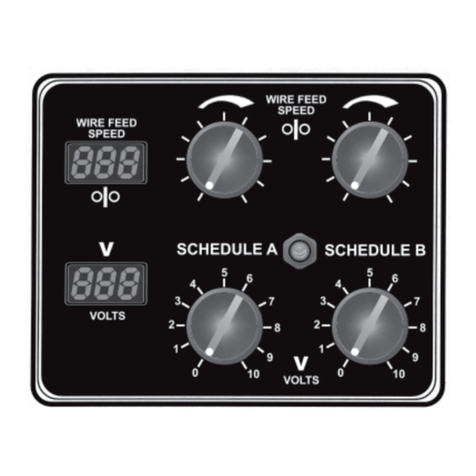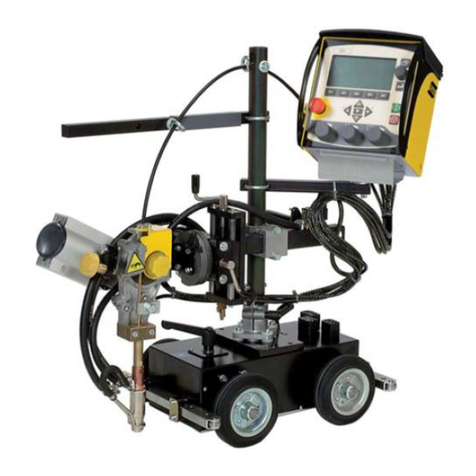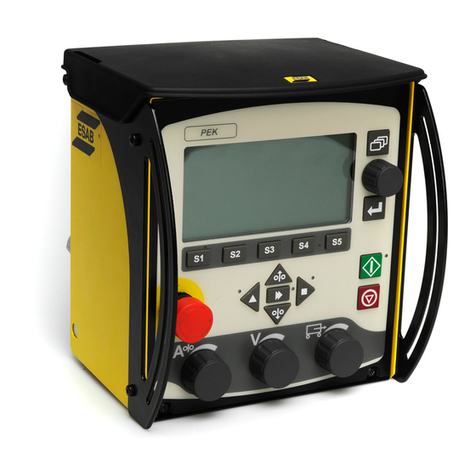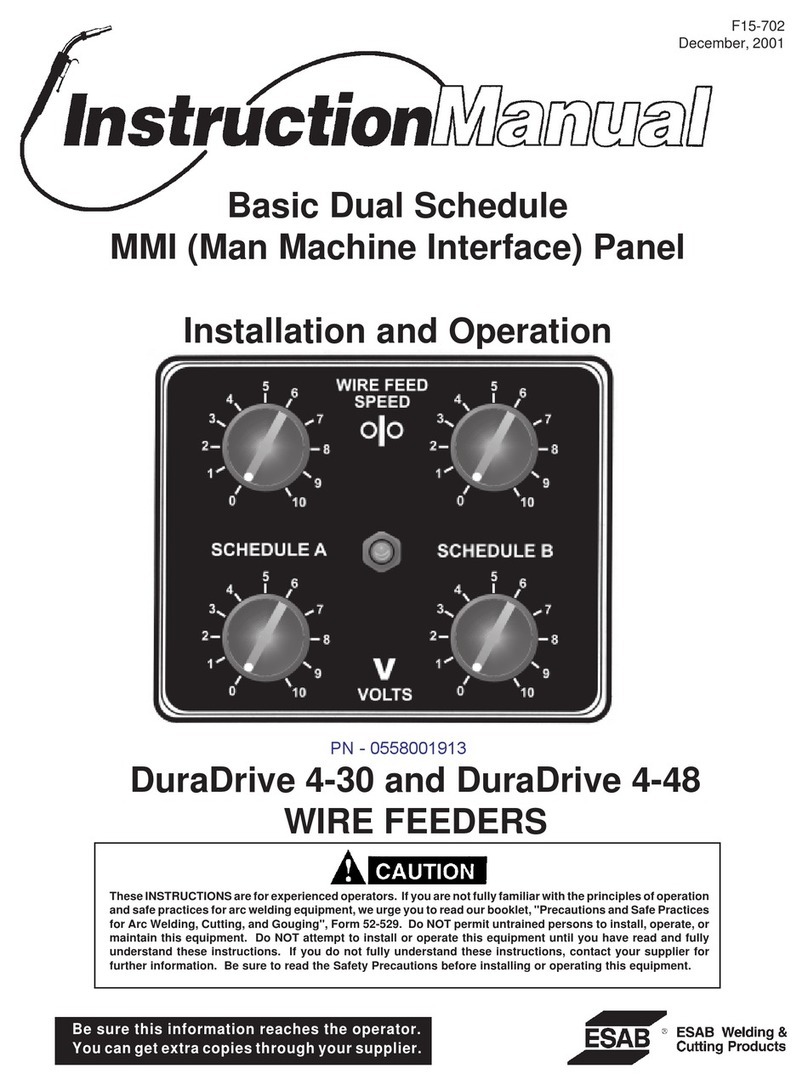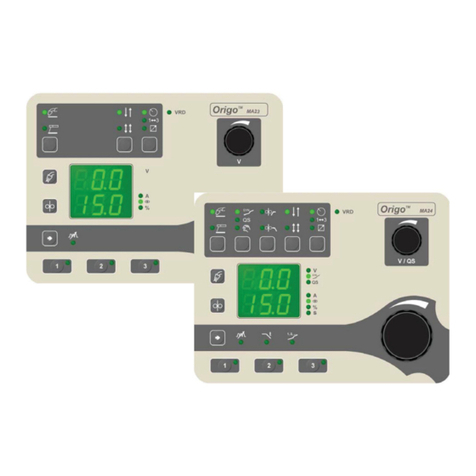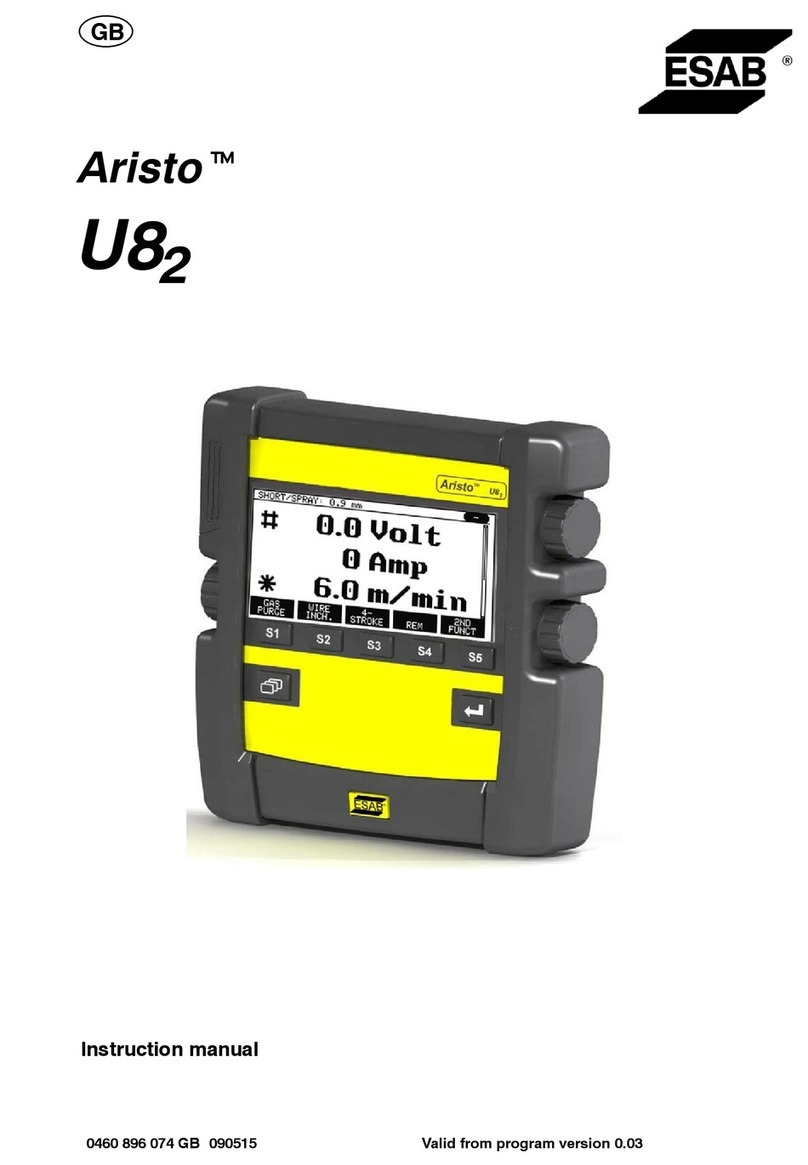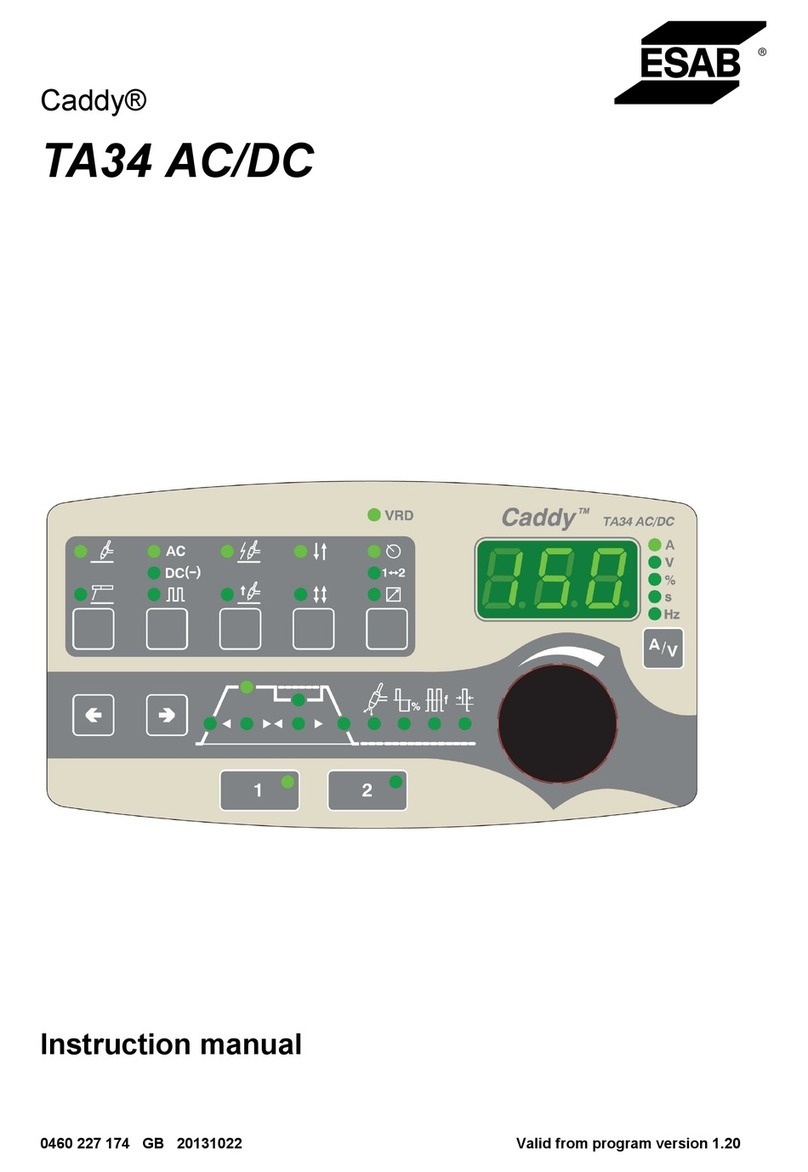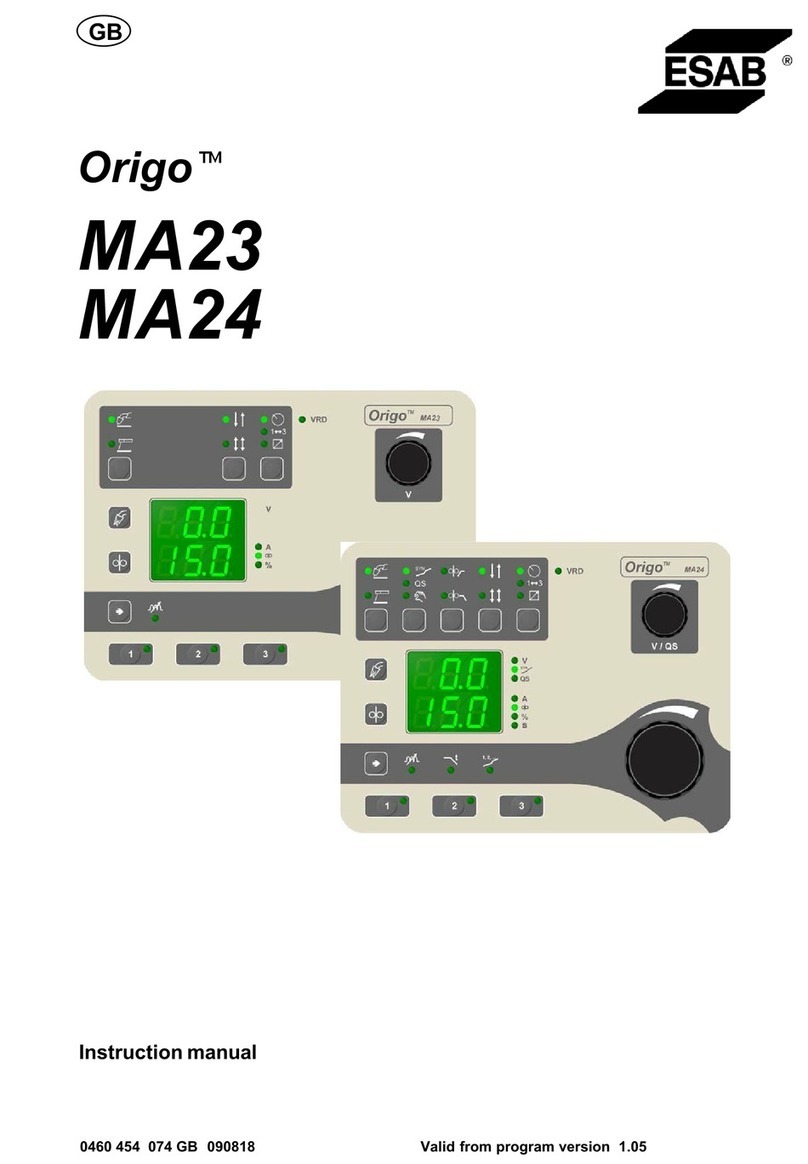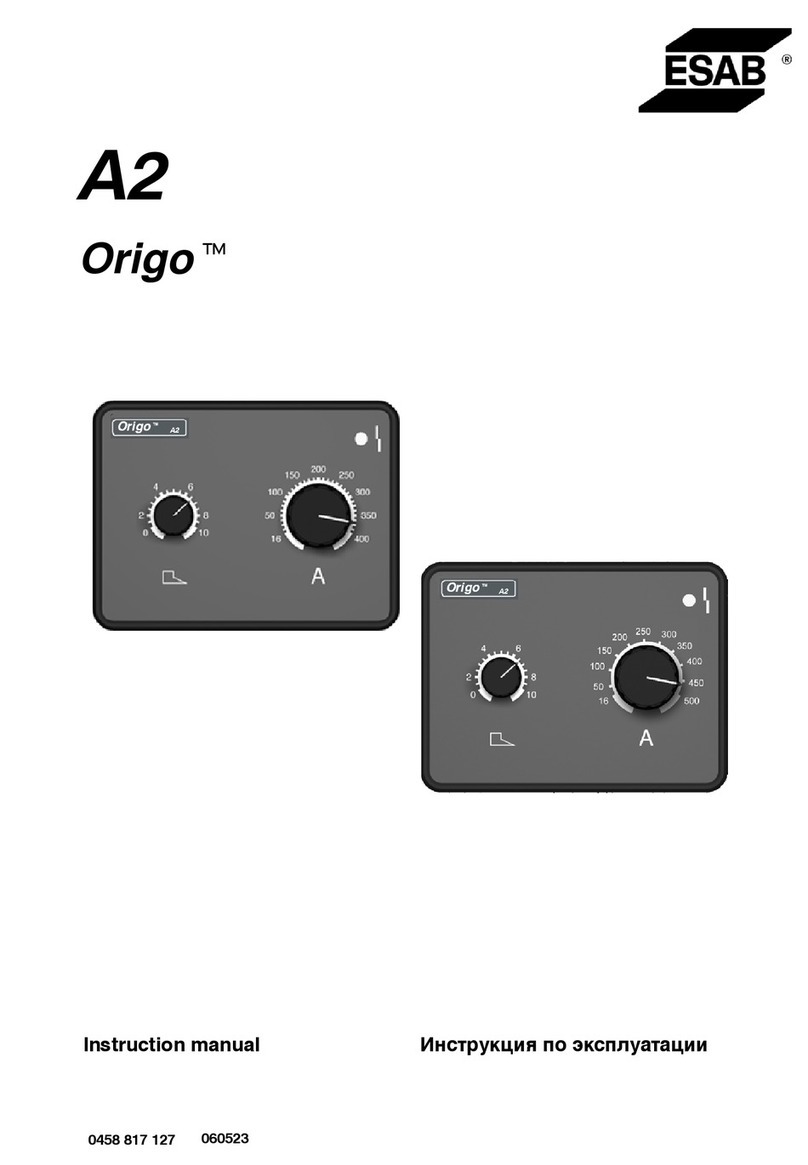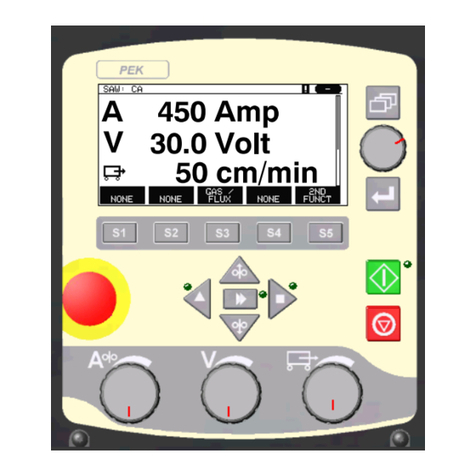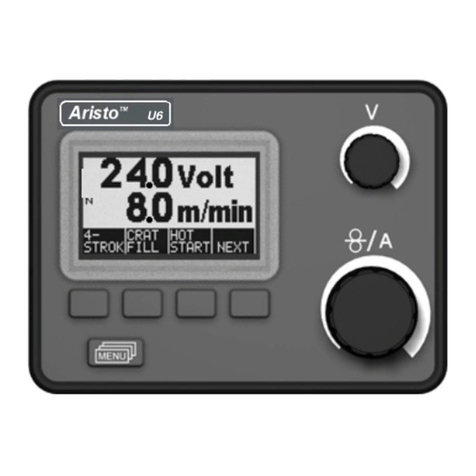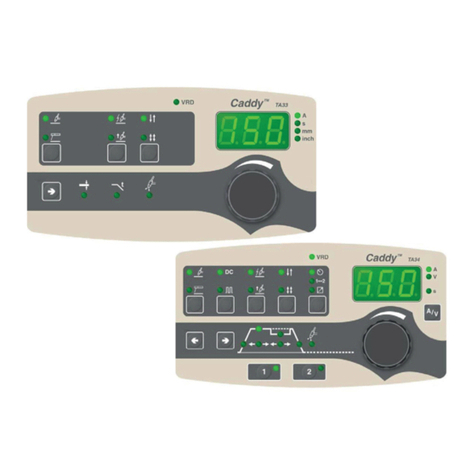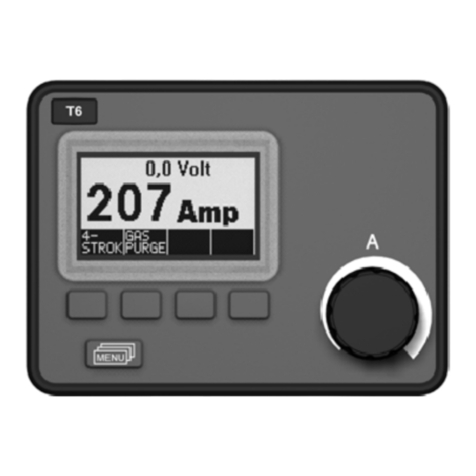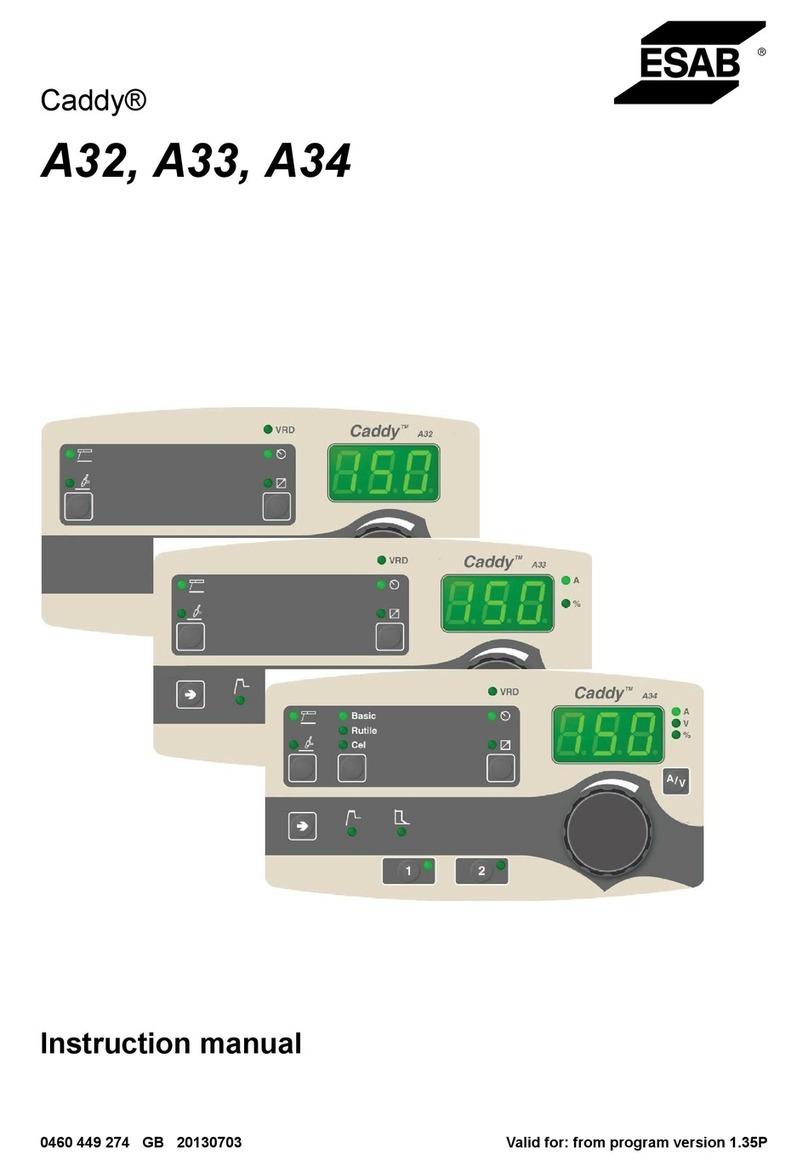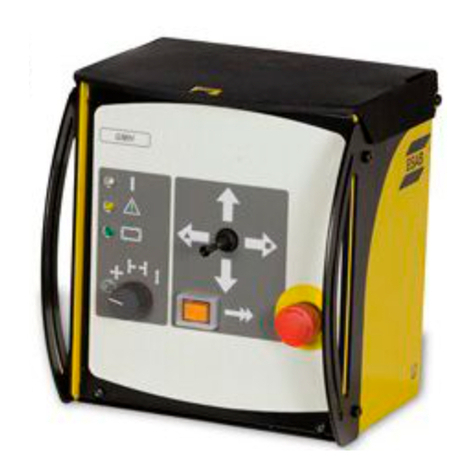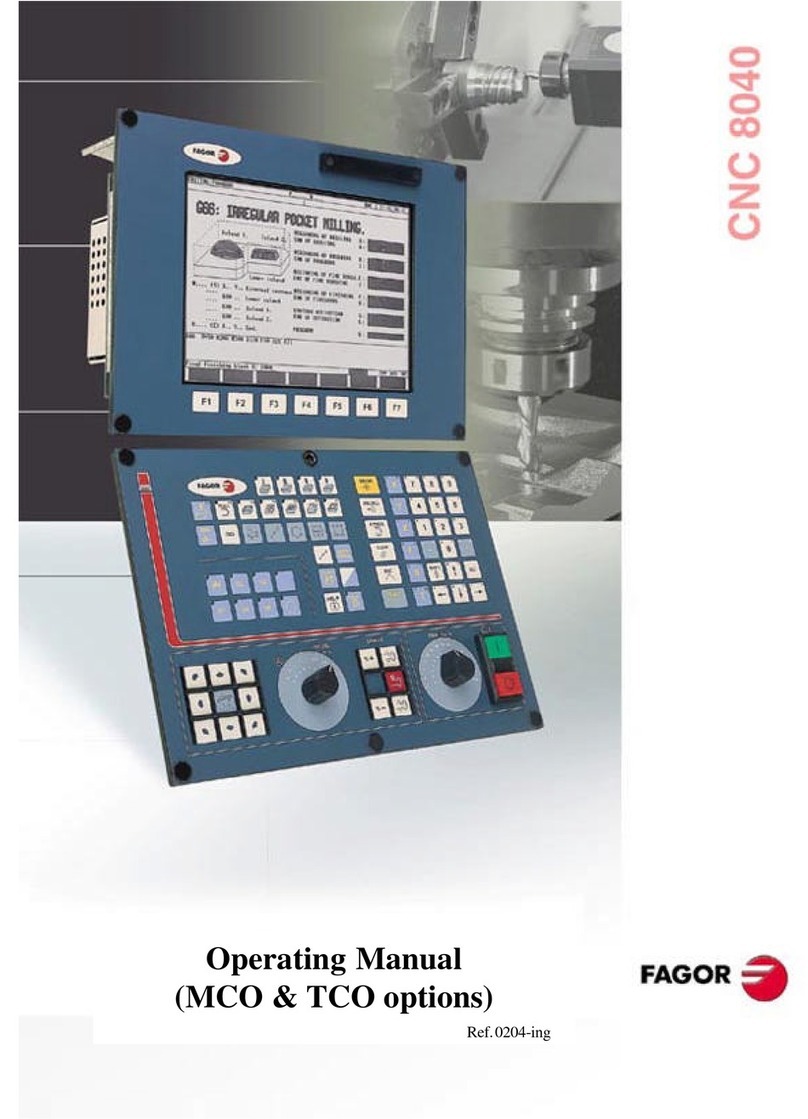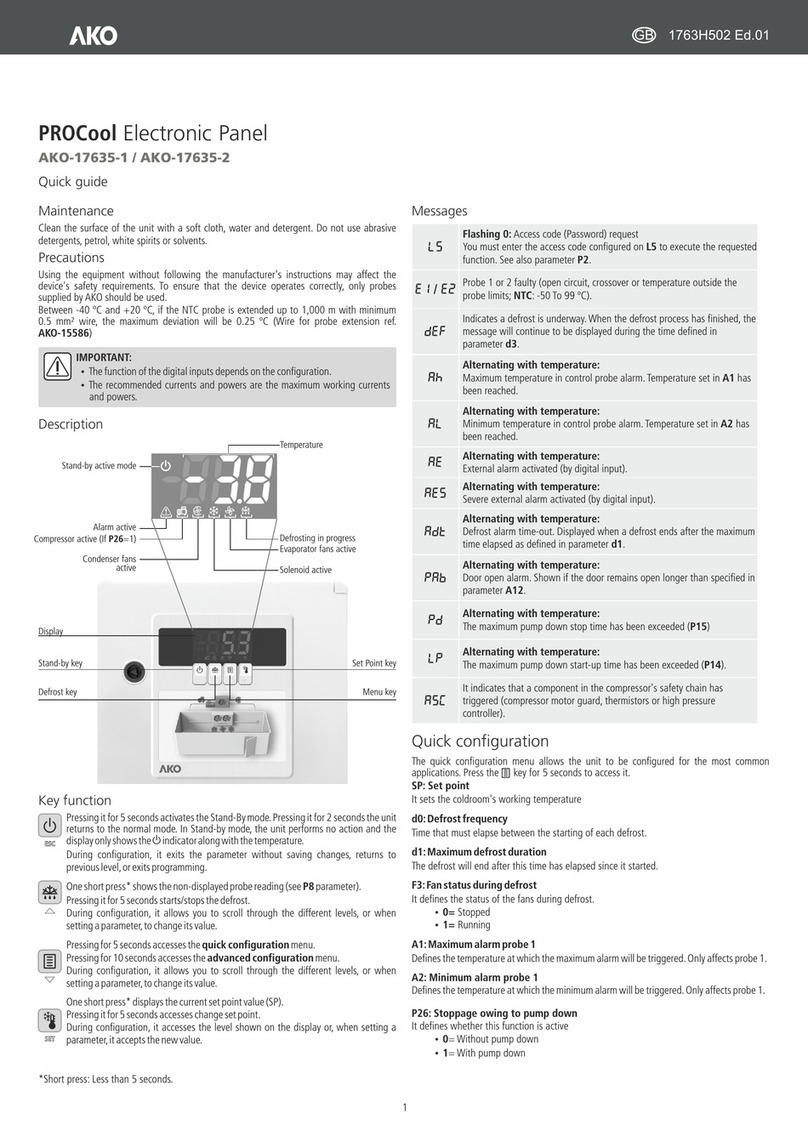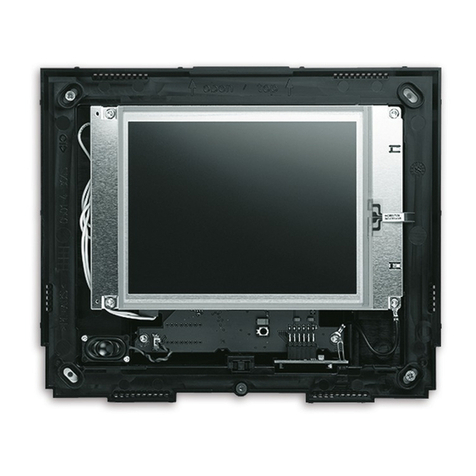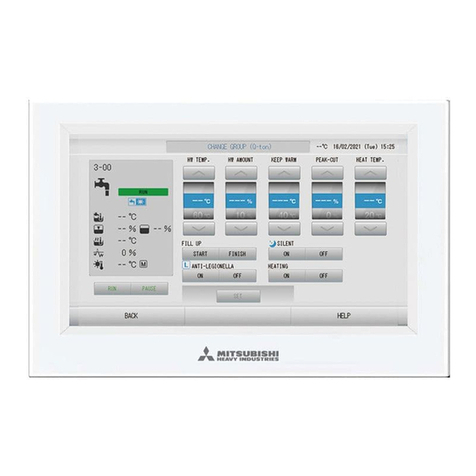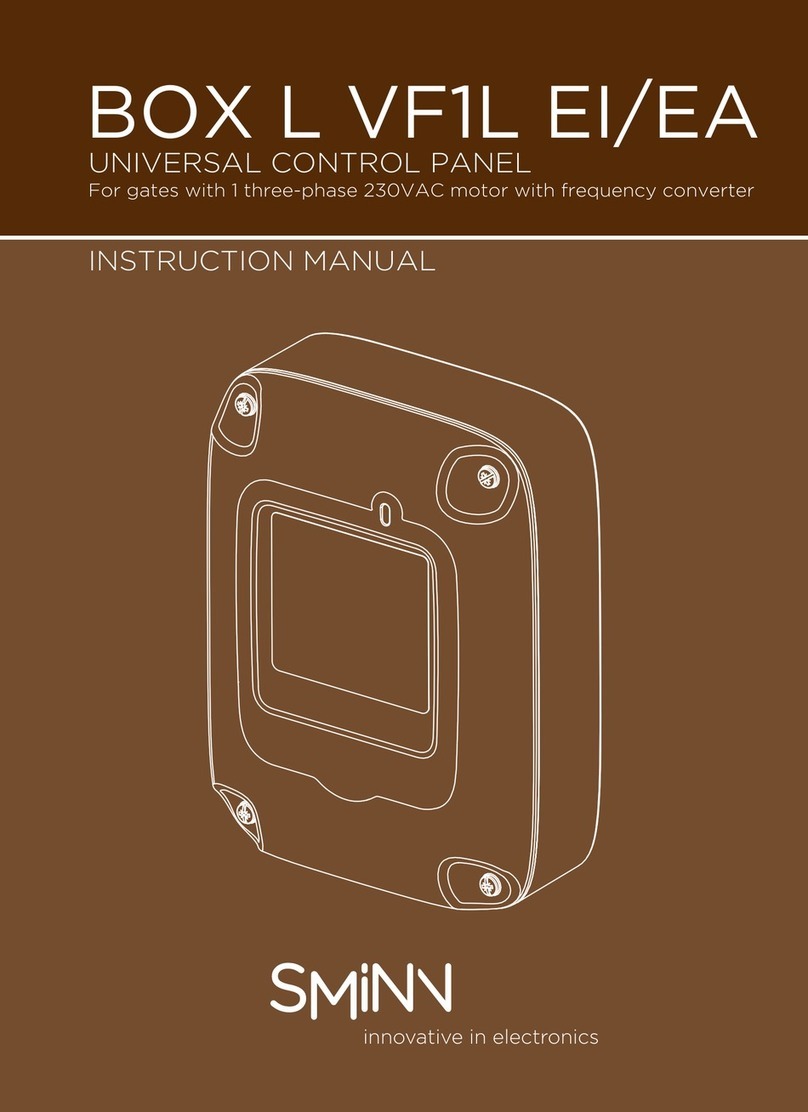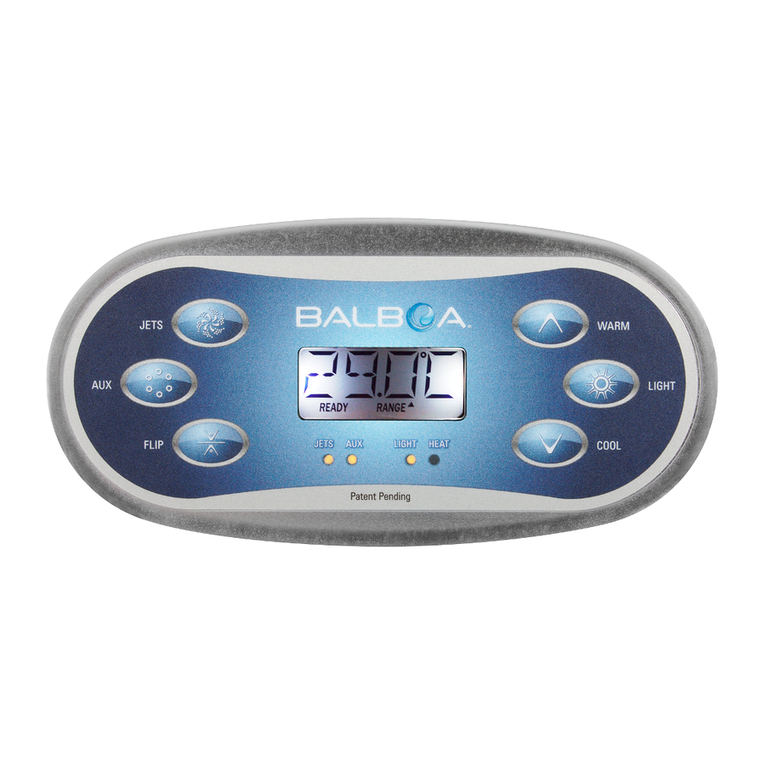- 10 -
bi15d1ea
4.2 Fault code descriptions
Below are described event codes at which the user himself can take corrective
action. If any other code is shown, send for a service technician.
Fault
code
Description
E 5 Intermediate DC voltage outside limits
The mains power supply is too high or too low. Too high a voltage can be due to severe
transients on the mains power supply or to a weak power supply (high inductance of the
mains power supply or a phase missing).
Action: Send for a service technician.
E 6 High temperature
The thermal overload cut-out has tripped.
The current welding process is stopped and cannot be restarted until the temperature has
fallen.
Action: Check that the cooling air inlets or outlets are not blocked or clogged with dirt.
Check the duty cycle being used, to make sure that the equipment is not being overloaded.
E 12 Communication error (warning)
Less serious interference on the CAN bus.
Action: Check that there are no faulty units connected on the CAN bus. Check the cables.
Send for a service technician if the fault persists.
E 14
Communication error (bus off)
Serious interference on the CAN bus.
Action: Check that there are no faulty units connected on the CAN bus. Check the cables.
Send for a service technician if the fault persists.
E 16 High open-circuit voltage
Open circuit voltage has been too high.
Action: Turn off the mains power supply to reset the unit. Send for a service technician if
the fault persists.
E 29 No cooling water flow
The flow monitor switch has tripped.
The current welding process is stopped and starting is prevented.
Action: Check the cooling water circuit and the pump.
E 41 Lost contact with the cooling unit
The welding data unit has lost contact with the cooling unit. The welding process stops.
Action: Check the wiring. Send for a service technician if the fault persists.
5 ORDERING SPARE PARTS
Spare parts may be ordered through your nearest ESAB dealer, see the last page of
this publication.
GB
